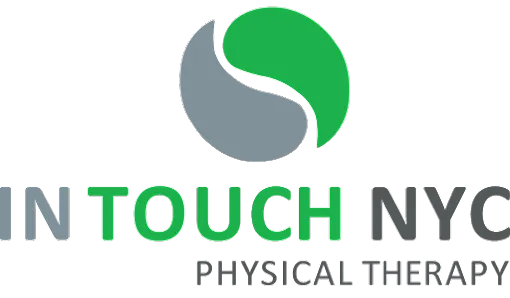If your pelvic floor, the muscles that support the pelvic organs (e.g. rectum, bladder, uterus, vagina, cervix, urethra), is working correctly, you may never think about this critical area of your body. However, if you are experiencing pelvic floor dysfunction, you are keenly aware of the important role these muscles play in supporting the appropriate functioning of these organs. And, you may require treatment to counteract the symptoms of this dysfunction and get your body, and life, back to normal. Here is a look at what pelvic floor dysfunction is, what causes it, and how pelvic floor physical therapy can help.
Causes of Pelvic Floor Dysfunction

Pelvic floor dysfunction affects up to one-third of women, but 1 in 8 men do as well. Its causes can be varied, but they all have the effect of weakening the pelvic muscles and interfering with their ability to support the pelvic organs. Here is a look at some of the most common causes underlying this condition.
Pregnancy and Childbirth
One of the reasons that so many women suffer from pelvic floor dysfunction is because pregnancy and childbirth can put a great deal of strain on the muscles of the pelvis. The weight of bearing the growing uterus and child alone may overtax these muscles, leaving them weakened after childbirth. In addition, bearing children can affect women’s pelvic floors in the following ways:
- Create nerve damage in the pelvis
- Lead to tearing of the perineum
- Strain already-weakened pelvic muscles
Chronic Constipation
Individuals who suffer from severe and ongoing constipation may damage their pelvic muscles by straining to have a bowel movement. In addition, the stress that constipation, and straining, put on the muscles can lead to bladder dysfunction, leakage and other pelvic issues.
Obesity
One of the primary factors in pelvic floor dysfunction is excess weight bearing down on the pelvic muscles. Pregnancy can cause this problem, but so can the extra weight caused by obesity.
Age
As individuals age, their pelvic muscles can grow weaker. Other people are naturally inclined toward weaker muscles. Over time, these muscles can get to a point where they are unable to appropriately support the pelvic organs.
Other potential causes of pelvic floor dysfunction include the following:
- Heavy lifting
- Chronic coughing
- Certain surgeries
Symptoms of Pelvic Floor Dysfunction

How do you know you are suffering from pelvic floor dysfunction? There are many issues that can arise from the weakened muscles in that area of your body. Here are some of the most common signs of a problem:
- Pelvic pain
- Pain during intercourse (for women)
- Pain during urination (for men)
- Erectile dysfunction (for men)
- Constipation
- Frequent urination
- Fecal incontinence
- Vaginismus (for women)
These symptoms can be severe enough to interfere with your ability to function in everyday life. If you suffer from these symptoms, you may require physical therapy to help you heal.
Treatment of Pelvic Floor Dysfunction

Pelvic floor dysfunction can be disruptive and uncomfortable. However, you do not have to live with this problem. There is treatment available, and much of the time, non surgical, non invasive physical therapy can help. Here is a look at some of the common treatments for this disorder.
Pelvic Floor Physical Therapy
Pelvic floor physical therapy is a specialized form of physical therapy that targets problems affecting the pelvis. This approach uses targeted exercises and techniques such as biofeedback and electrical stimulation to both strengthen and relax the pelvic floor muscles.
Manual Therapy
Manual therapy involves the direct application of pressure on the pelvic muscles. This pressure, which can be applied either externally or internally, is designed to improve circulation around the muscles. In addition, it can help to stretch and relax these muscles to improve their function.
Relaxation Techniques
Sometimes, pelvic problems occur because the muscles are too tight. Relaxing the muscles through specific techniques can improve their function and alleviate pain. Your physical therapist may apply these techniques at your appointment and/or instruct you in how to complete them at home.
Lifestyle Changes
Your therapist or provider may also help you address this condition by guiding you toward lifestyle changes that can support pelvic health. Here are some examples:
- Dietary changes to alleviate constipation
- Proper body mechanics to relieve pressure on the pelvic muscles
- Losing weight if you are overweight
- Giving up smoking
- And more
Medications
Finally, if you struggle to overcome pelvic floor dysfunction, you may receive medication to help. For example, you may get medication to ease incontinence or muscle relaxants to address tight muscles. These prescriptions can help your symptoms, but cannot address the underlying cause of pelvic floor dysfunction.
If you suffer from any symptoms of pelvic issues, you may benefit from specialized therapy from licensed professionals. At In Touch NYC PT, we have convenient locations throughout New York City, all designed to provide pelvic floor physical therapy in NYC. Contact us today to discover compassionate treatment focused on your specific body and needs.



